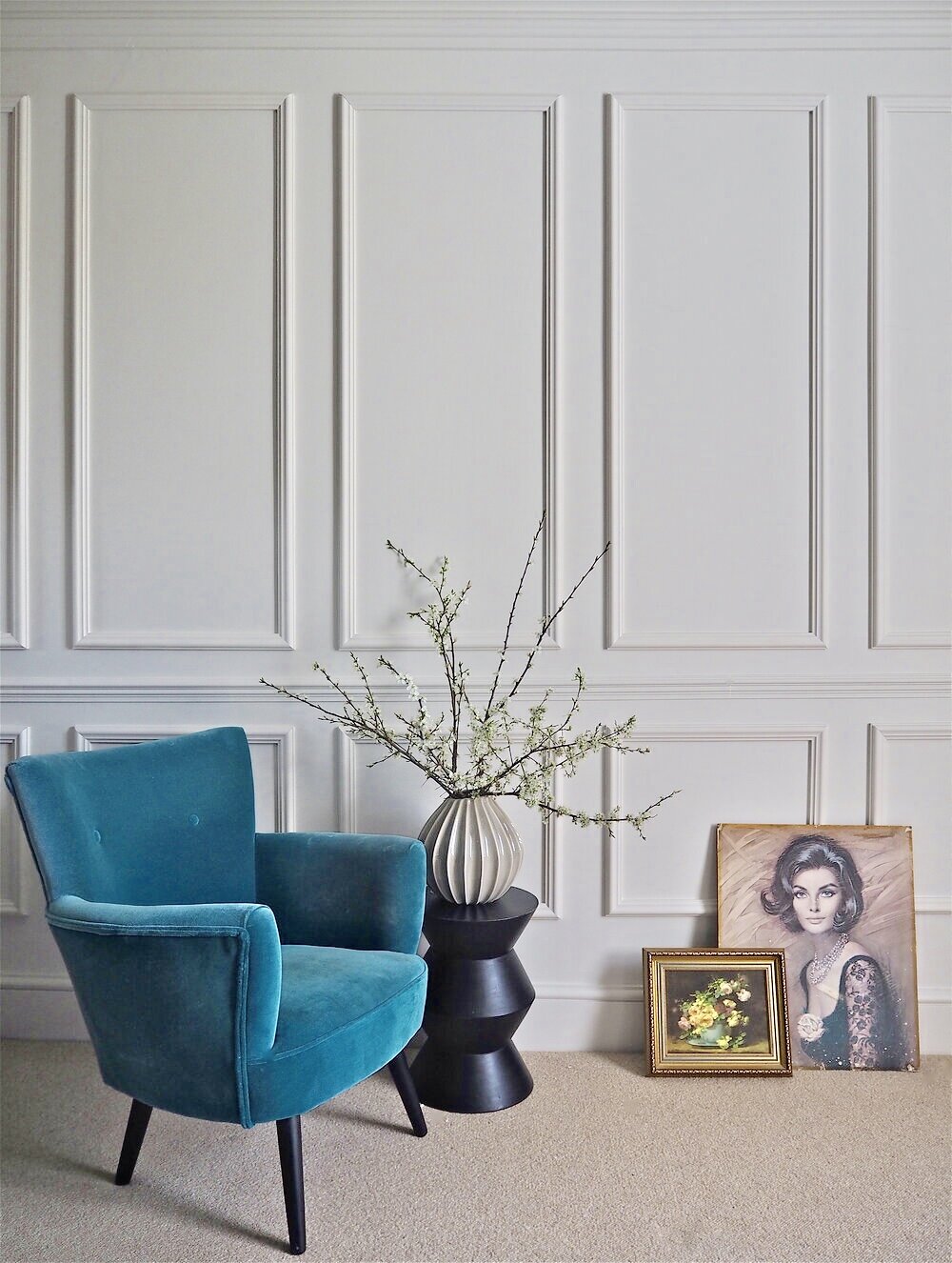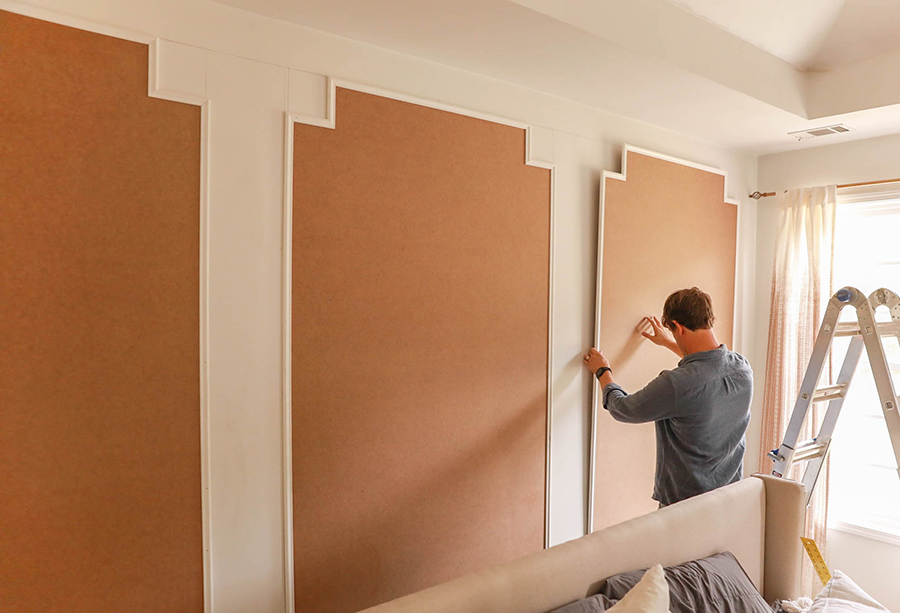Welcome to the world of DIY wall panels decorative! As someone who has always been passionate about home improvement, I can tell you that adding decorative wall panels can completely transform a room. Whether it’s for your living room, bedroom, or even a home office, wall panels can enhance the aesthetic appeal of your space while providing texture and personality. In this article, we will delve deep into the world of decorative wall panels, exploring different materials, styles, installation methods, and tips for creating a stunning display in your home.
What Are Decorative Wall Panels?
Decorative wall panels are pre-fabricated elements designed to cover walls and provide a unique texture or pattern. They come in various materials, styles, and colors, allowing you to customize your space easily. From wooden panels to foam and vinyl options, these panels are highly versatile and can suit any decor style.
Why Choose DIY Wall Panels?
Opting for DIY wall panels allows you to unleash your creativity and personalize your home like never before. Here are some reasons to consider DIY wall panels:
- Cost-Effective: DIY projects often save you money compared to hiring professionals.
- Customization: You can choose colors and styles that match your personal taste.
- Skill Development: Engaging in DIY projects enhances your skills in home improvement.
- Personal Satisfaction: There’s immense joy in creating something with your own hands!

Popular Types of Decorative Wall Panels
1. Wooden Wall Panels
Wooden wall panels offer a classic and rustic look. They can be stained or painted to suit your style, providing warmth to your space.
Pros:
- Durable and long-lasting
- Good insulation properties
- Various wood types and finishes available
Cons:
- Can be expensive depending on the type of wood
- Requires maintenance to prevent warping

2. PVC Wall Panels
PVC panels are lightweight, water-resistant, and easy to install, making them an excellent option for bathrooms and kitchens.
Pros:
- Moisture resistant
- Affordable and easy to clean
- Variety of designs
Cons:
- Less durable than wood
- Can look artificial if not selected carefully

3. MDF Wall Panels
MDF (Medium Density Fiberboard) panels are a popular choice for modern interiors. They can be easily painted and are great for intricate designs.
Pros:
- Cost-effective and readily available
- Can be shaped into various designs
- Smooth surface for painting
Cons:
- Not moisture resistant
- Can sag under heavy weight if not supported well

4. Stone and Brick Panels
For a more industrial or natural look, stone and brick wall panels are fantastic. They provide a sense of authenticity and durability.
Pros:
- Highly durable
- Great insulation properties
- Adds character to any space
Cons:
- Can be heavy and require professional installation
- More expensive than other materials
How to Choose the Right Decorative Wall Panel for Your Space
Selecting the right wall panel involves considering various factors to ensure it fits your design vision and practical needs.

1. Style and Theme
Consider the overall style of your room. Are you going for a modern minimalist look or a cozy rustic vibe? Wooden panels might fit a rustic theme, while PVC panels could work for a modern aesthetic.
2. Room Functionality
Think about the functionality of the room where you intend to install the panels. High-moisture areas like bathrooms may suit PVC or stone panels, while living rooms might benefit from the warmth of wooden panels.

3. Budget
Determine your budget before choosing materials. All materials have a wide price range, so it’s essential to select options that won’t strain your finances.
4. Maintenance Needs
Some materials require more upkeep than others. For example, wooden panels may need periodic staining, while PVC can be wiped clean easily.
Installation Guide for DIY Wall Panels
Ready to get started? Follow this step-by-step guide to installing decorative wall panels in your home.
Materials You’ll Need:
- Decorative wall panels (material of your choice)
- Measuring tape
- Level
- Utility knife
- Adhesive or nails (depending on the panel type)
- Caulk (for edges)
- Paint or stain (if applicable)
- Safety goggles and gloves
Step-by-Step Installation:
Step 1: Measure the Wall Area
Use a measuring tape to determine the dimensions of the wall you want to cover. Make sure to measure accurately to avoid any mistakes.
Step 2: Plan Panel Layout
Lay out your panels on the floor to visualize your design. Consider how you want to arrange them, particularly with patterned or textured panels.
Step 3: Prepare the Wall Surface
Ensure that the wall surface is clean, dry, and free from any imperfections. Patch any holes or damage before proceeding.
Step 4: Cut Panels to Size
If necessary, cut your panels to fit your wall dimensions using a utility knife. Always wear safety goggles when cutting.
Step 5: Adhesive Application
For adhesive-based panels, apply the adhesive to the back of the panel according to the manufacturer’s instructions.
Step 6: Installing Panels
Start at one corner of the wall and press the panel firmly against the wall. Use a level to ensure each panel is straight. If using nails, hammer them in at the recommended intervals.
Step 7: Finish Edges
After all panels are installed, use caulk to fill in any gaps along the edges for a clean finish. If needed, paint or stain the panels to complete the look.
Common Mistakes to Avoid When Installing DIY Wall Panels
While DIY projects are exciting, it’s easy to make mistakes. Here are common pitfalls to watch out for:
1. Inaccurate Measurements
Double-check your measurements before cutting panels. Cutting too short can lead to wasted materials.
2. Poor Surface Preparation
Ensure the wall surface is adequately prepared. Failure to do so may result in poor adhesive adhesion and uneven panels.
3. Ignoring Manufacturer Instructions
Always read and follow the manufacturer’s installation guidelines to avoid damaging the product or voiding warranties.
4. Skipping Safety Gear
Don’t forget to wear safety goggles and gloves when handling materials to protect yourself from injury.
Comparison Table of Decorative Wall Panel Materials
| Material | Pros | Cons | Best Use |
|---|---|---|---|
| Wood | Durable, Insulating, Variety of finishes | Costly, Needs maintenance | Living rooms, Bedrooms |
| PVC | Moisture resistant, Affordable, Easy to clean | Less durable, Can appear artificial | Bathrooms, Kitchens |
| MDF | Cost-effective, Easy to shape, Paintable | Not moisture resistant, Can sag | Bedrooms, Offices |
| Stone/Brick | Durable, Good insulation, Authentic | Heavy, Expensive | Accent walls, Exteriors |
FAQs About DIY Wall Panels Decorative
Q1: What tools do I need to install decorative wall panels?
A1: You will primarily need a measuring tape, level, utility knife, adhesive or nails, caulk, and safety gear (goggles and gloves).
Q2: Can I paint over my wall panels?
A2: Yes! Most panels can be painted, but be sure to use the appropriate paint for the material (e.g., latex paint for MDF).
Q3: Are wall panels easy to remove if I change my mind?
A3: Removal depends on the installation method. Adhesive panels may be more challenging to remove without damaging the wall.
Q4: How much do decorative wall panels cost?
A4: The cost varies widely based on material and design. On average, panels can range from $10 to $50 per panel.
Q5: Can wall panels improve insulation?
A5: Yes, particularly wooden and stone panels, as they can provide better insulation compared to bare walls.